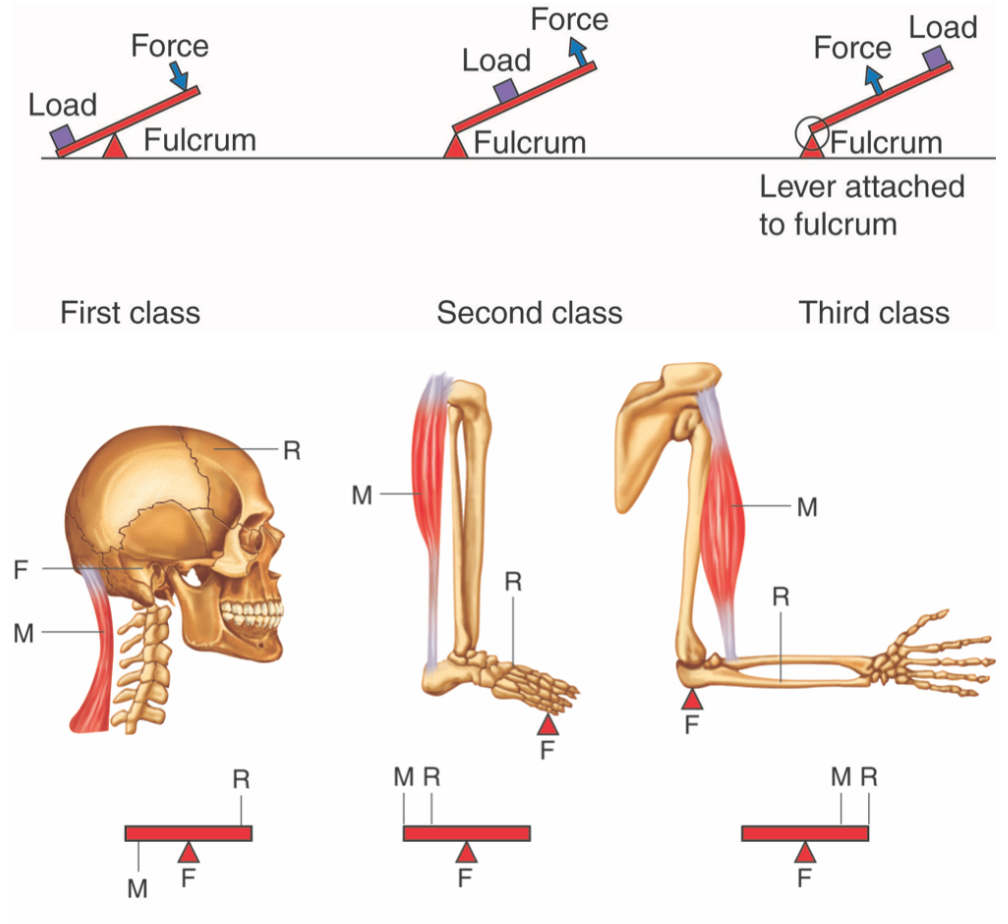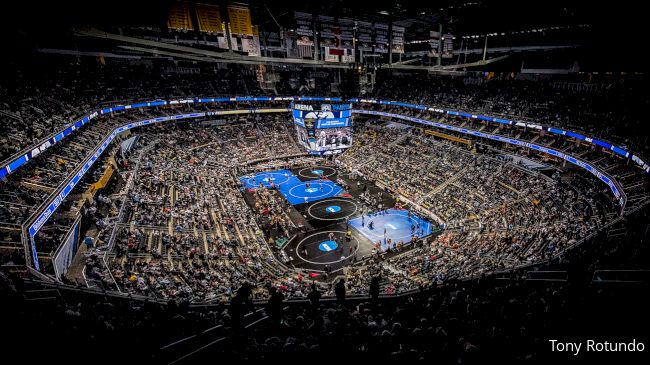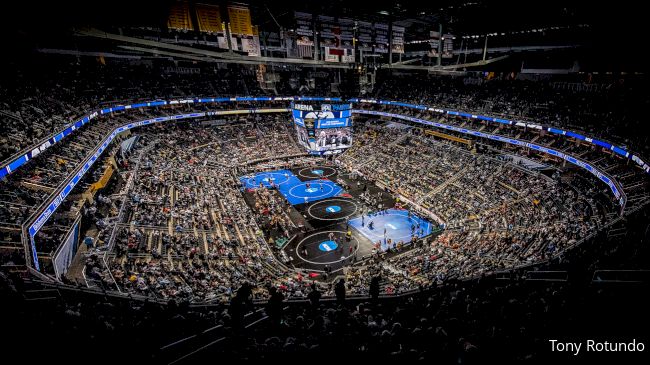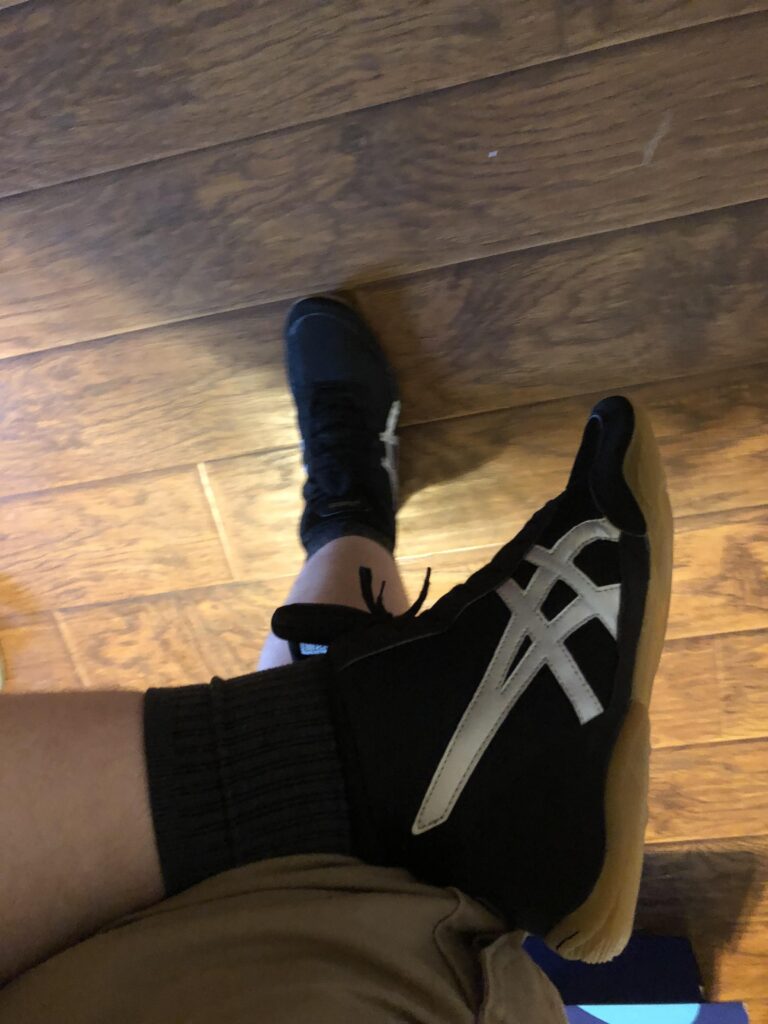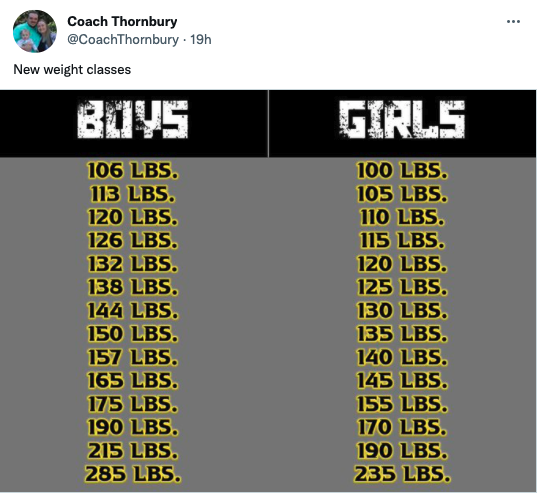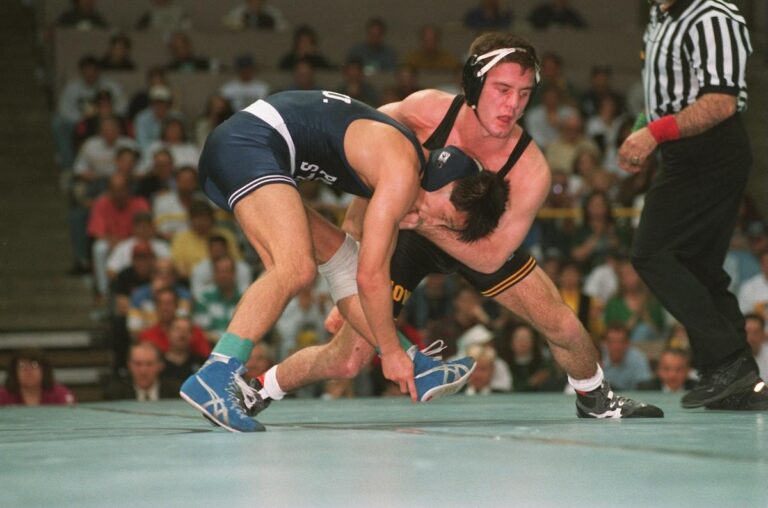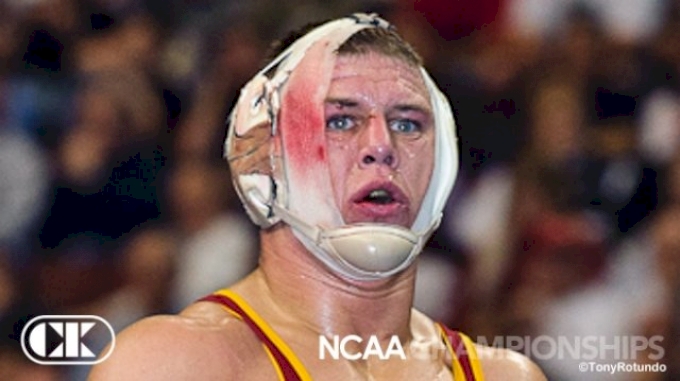What Muscles Does Arm Wrestling Use: Core Strength Secrets
Arm wrestling primarily engages the biceps, forearms, and grip strength. It also activates the shoulders, chest, and back muscles.
Arm wrestling is a sport that tests more than just brute strength. It requires a blend of technique, endurance, and strategic muscle engagement. This sport brings into play a complex network of muscles, emphasizing the upper body’s power and coordination.
As participants lock hands and strive for dominance, they rely on a combination of muscle groups. The activity doesn’t just showcase physical prowess; it highlights the importance of muscle synergy. Engaging in arm wrestling can offer insights into one’s strength distribution and areas needing improvement. Whether for competition or fun, understanding the muscles involved can enhance performance and prevent injury. Arm wrestling stands as a testament to the intricate interplay of human anatomy under competitive stress.

Credit: m.youtube.com
Introduction To Arm Wrestling And Muscle Engagement
Arm wrestling engages key muscles for a show of strength. Biceps, triceps, and forearm muscles primarily power this gripping sport, making technique and muscle endurance crucial for victory.
The Basics Of Arm Wrestling
Arm wrestling is a battle of strength and technique. Two competitors match arms over a table, aiming to pin the other’s hand down. Understanding the basics is key to mastering this sport.
Key Muscles In The Limelight
Arm wrestling puts the spotlight on several key muscles. The muscles engaged include the biceps, forearms, and shoulders. Grip strength is also crucial, relying on hand and wrist muscles.
Upper arm and forearm muscles work in tandem to provide the force needed. The pectoralis major and muscles in the back also play a part. These muscles support and stabilize movements during the match.
| Muscle Group | Function |
|---|---|
| Biceps | Flexing the elbow |
| Forearms | Grip and wrist control |
| Shoulders | Stability and adduction |
| Pectoralis Major | Pushing motion |
| Back Muscles | Support and stabilization |
Credit: www.reddit.com
Primary Muscles Fueling Your Grip
Arm wrestling is not just about brute force. It is a complex sport that engages multiple muscle groups, especially those responsible for your gripping power. Understanding which muscles contribute to your grip can give you an edge in arm wrestling competitions. Let’s dive into the primary muscles that fuel your grip strength.
Forearm Flexors And Extensors
The forearm is crucial in arm wrestling. It comprises several muscles working together. These muscles control wrist and finger movements.
- Flexors close your hand, aiding grip.
- Extensors open it, balancing the flexors.
Strong forearms mean a stronger grip. This leads to better control over the opponent’s hand during a match.
The Role Of Hand Strength
Hand strength is vital in arm wrestling. It comes from small muscles in the hand. These muscles work with the forearm. Together, they create a vice-like grip.
| Hand Muscle | Function |
|---|---|
| Thenar and Hypothenar | Control thumb and pinky, crucial for grip |
| Interossei and Lumbricals | Move fingers, add grip strength |
A strong hand can make a huge difference. It can keep your opponent’s hand in place. It can also prevent them from slipping or changing grip.
The Power Behind The Pull: Biceps And Triceps
Arm wrestling tests strength and technique. Two key muscle groups are vital: the biceps and triceps. These muscles work together to dominate the arm wrestling match. Let’s explore how each contributes to the power behind the pull.
Biceps: The Pulling Force
The biceps are the front muscles of the upper arm. They play a crucial role in arm wrestling. When you pull your opponent’s hand towards you, your biceps contract. This contraction is the primary movement in arm wrestling. Biceps provide the pulling power needed to win. A strong bicep can make a huge difference in performance.
- Flexing the arm brings the power.
- Twisting the wrist engages the bicep more.
- Stabilizing the elbow keeps the force focused.
Triceps: Balancing The Push
Triceps are the muscles at the back of the upper arm. They balance the force created by the biceps. When your arm extends, your triceps are at work. In arm wrestling, they push against the opponent’s force. Triceps must be strong to prevent losing the match.
Good triceps strength can help:
- Hold the arm steady.
- Resist the opponent’s pull.
- Push back when needed.
Together, biceps and triceps create a powerful dynamic. They make the arm a formidable lever in wrestling. Training these muscles can lead to impressive arm wrestling strength.
Shoulder Stability And Movement
Arm wrestling challenges your shoulder muscles. These muscles provide stability and enable movement. Let’s dive into the specific muscles at work.
Deltoids In Action
The deltoids are key players in arm wrestling. These muscles cover your shoulder joints. They help you push and pull with force.
- Anterior deltoids assist in arm flexion.
- Lateral deltoids aid in arm abduction.
- Posterior deltoids help in arm extension.
Rotator Cuff: The Silent Supporter
Your rotator cuff muscles work quietly. They stabilize your shoulder during the match. These muscles include:
| Muscle | Function |
|---|---|
| Supraspinatus | Supports deltoids in lifting the arm. |
| Infraspinatus | Controls arm lowering and rotation. |
| Teres Minor | Assists in arm rotation away from body. |
| Subscapularis | Rotates arm towards body. |
Engaging The Core: Beyond The Arms
Engaging the Core: Beyond the Arms is crucial in arm wrestling. While the arms do the pushing and pulling, a strong core is the secret weapon. This includes the abdominals, obliques, and lower back muscles. Together, these provide the stability and power needed to win.
Abdominals And Obliques
The abdominals and obliques play a vital role in arm wrestling. These muscles help maintain posture and balance during a match. They also transfer power from the legs and back to the arms. Strong abs and obliques can make a significant difference.
- Better balance during matches
- Improved force transfer from lower to upper body
- Increased endurance and stability
Lower Back Muscles: The Foundation
The lower back muscles serve as the foundation for upper body strength. In arm wrestling, they support the spine and help control movements. Strengthening these muscles ensures a solid base from which to apply force.
| Lower Back Muscle | Function in Arm Wrestling |
|---|---|
| Erector Spinae | Stabilizes spine during combat |
| Quadratus Lumborum | Assists in side bending motions |
| Latissimus Dorsi | Supports shoulder movement |
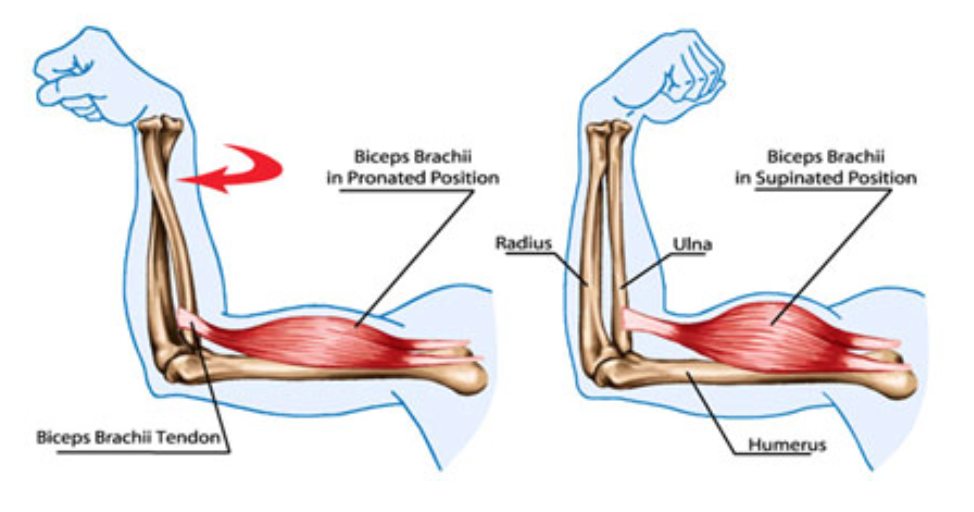
Credit: med.libretexts.org
Legs And Feet: The Unsung Heroes
Legs and Feet: The Unsung Heroes often go unnoticed in arm wrestling. Yet, they play a pivotal role in victory. Many focus on biceps and forearms. Few realize the power generated from below. Legs and feet are the foundation. They provide balance and drive. Let’s explore their crucial involvement.
Quadriceps And Calves
Strong legs support winning arm wrestlers. The quadriceps and calves are essential. They help push against the floor. This adds force to arm movements. Here’s how they engage:
- The quadriceps stabilize your body.
- They transfer energy from legs to upper body.
- Calves aid in quick adjustments.
Foot Positioning And Stability
Correct foot positioning is a game-changer. It ensures maximum stability. Stability is key for controlled force. Consider these points:
- Feet flat on the ground offer a solid base.
- Adjust feet for better leverage.
- Stable footing prevents slipping.
Arm wrestling uses more than just arms. Legs and feet are vital. They support and empower arm movements. Next time, remember the power starts from the ground up.
Training Tips For Aspiring Arm Wrestlers
Arm wrestling demands power, technique, and strategy. To dominate the table, you must train effectively. Key muscles and grip strength are crucial for success. Below are vital training tips for aspiring arm wrestlers.
Strengthening Key Muscle Groups
Arm wrestling uses specific muscles intensely. Focus on these to improve your performance:
- Biceps: Vital for pulling movements.
- Forearms: Control hand and wrist actions.
- Shoulders: Provide stability and drive.
- Chest: Engages during the press.
- Back: Supports core movements.
Include exercises like curls, wrist curls, shoulder presses, and rows in your routine. Use both free weights and machines for balanced growth.
Techniques For Enhanced Grip
A strong grip can make or break a match. To build yours, try these exercises:
| Exercise | Benefit |
|---|---|
| Dead Hangs | Improves endurance |
| Finger Curls | Strengthens fingers |
| Plate Pinches | Enhances thumb strength |
| Wrist Rollers | Builds wrist power |
Consistency is key. Train grip several times a week for best results.
Nutrition And Recovery: Fuelling Muscle Growth
Nutrition and Recovery: Fuelling Muscle Growth is crucial in arm wrestling. This sport demands high muscle endurance and strength. To achieve peak performance, focus on diet and recovery strategies. Proper nutrition and rest support muscle repair and growth. This guide explains how to nourish and recover muscles effectively for arm wrestling.
Optimal Nutrition For Strength
Eating the right foods boosts muscle power. A balanced diet with enough protein is key. Lean meats, fish, and plant-based proteins help muscle repair. Carbohydrates fuel workouts. Whole grains and vegetables are excellent choices. Healthy fats from nuts and avocados support overall health. Stay hydrated with water throughout the day.
- Proteins: Build and repair muscle fibers.
- Carbohydrates: Provide energy for training and competition.
- Fats: Support cell growth and hormone production.
| Meal Timing | Foods to Eat |
|---|---|
| Pre-Workout | Complex carbs and lean protein |
| Post-Workout | Protein and simple carbs |
| Throughout the Day | Fruits, vegetables, whole grains |
Recovery Techniques For Muscles
Muscle recovery is just as important as training. After intense arm wrestling, muscles need time to heal. Get enough sleep to allow your body to repair. Stretching helps maintain flexibility and blood flow. Massage can also relieve muscle tension. Use ice packs to reduce inflammation and pain. Rest days are essential to prevent overuse injuries.
- Sleep: Aim for 7-9 hours to enhance muscle repair.
- Stretching: Keep muscles flexible and reduce soreness.
- Massage: Boost circulation and muscle relaxation.
- Ice Therapy: Minimize swelling and pain post-training.
- Rest: Take days off to fully recover and strengthen.
Frequently Asked Questions
What Muscle Is Used Most In An Arm Wrestle?
The primary muscle used in arm wrestling is the brachialis, a major flexor of the elbow joint.
Does Arm Wrestling Prove Strength?
Arm wrestling tests a combination of technique, leverage, and muscular strength. While it showcases upper body power, it doesn’t measure overall strength comprehensively.
Does Arm Wrestling Build Muscle?
Arm wrestling can help build muscle, particularly in the arms, shoulders, and chest. Regular practice and proper technique are key for muscle development. This sport also enhances grip strength and endurance.
Does Arm Wrestling Use A Bicep?
Yes, arm wrestling engages the biceps, among other muscles, as they play a crucial role in arm strength and movement during the match.
What Muscles Are Targeted In Arm Wrestling?
Arm wrestling primarily engages the biceps, forearms, and shoulders. The pectoral muscles, wrist flexors, and hand grip strength also play crucial roles during the competition.
Conclusion
Arm wrestling challenges various muscles, from the biceps to the forearm flexors. Embracing this sport can build strength and coordination. Remember, technique matters just as much as raw power. So, train smart, focus on form, and you’ll be ready to grip, lock, and win.
Keep arm wrestling, and feel the might in every match!
